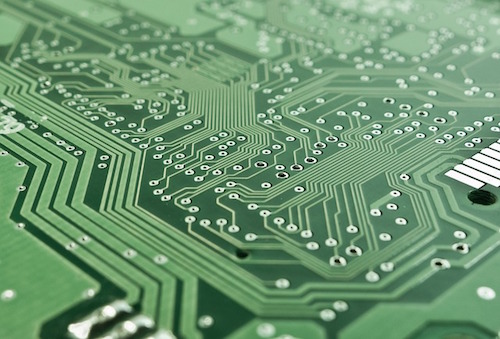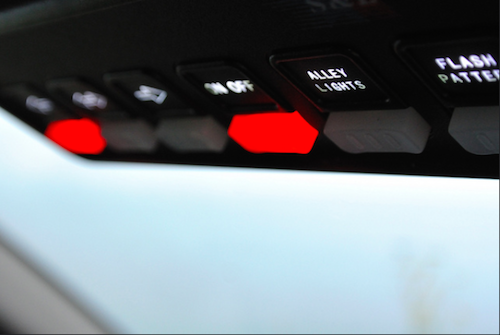A Definition of Non-Tactile Silver Membrane Switches
Non-tactile membrane switches are known for being the most reliable and economical membrane switches. Non-tactile membrane switches do not give feedback directly to users. Because there is no snap when a user presses the keys on the switch, non-tactile membrane switches often 
Non-tactile silver membrane switches use silver conductive ink to make the electrical connections. Non-tactile silver membrane switches often consist of a top polyester layer printed with conductive silver inks. The bottom layer is printed with conductive silver circuits. When pressed together, the top layer makes contact with the bottom layer polyester sheet.
Advantages of Non-Tactile Silver Membrane Switches
Non-tactile silver membrane switches are printed; conductive silver ink traces are screen printed onto a film substrate. They have several characteristics that make them more economical than non-tactile copper membrane switches, including:
- The silver traces are lightweight and more flexible than solid copper traces
- The etching process used in copper switches is much more expensive than the screen printing process used in non-tactile silver membrane switches
- The components of non-tactile silver membrane switches are attached with conductive adhesive
Non-tactile silver membrane switches also are known for their high reliability. They also have a high number of actuations: on average, a non-tactile silver membrane switch may have five million actuations.
Design Options for Non-Tactile Silver Membrane Switches
Since non-tactile silver membrane switches do not provide tactile feedback for users, they feature sensory responses instead. Some designers opt for audio feedback, such as beeps, that alter 
- Embedded LEDs for Non-Tactile Silver Membrane Switches – Designers often choose embedded light-emitting diodes (LEDs) for their non-tactile silver membrane switches because they have a low cost, efficient power consumption, single or bi-color options, and a wide variety of available sizes, colors, and intensities. Incorporating LED backlighting is a fairly simple process, and their thin composition allows for the non-tactile switch to retain its low profile. Non-tactile silver membrane switches may include single point or block LEDs or surface mounted single point LEDs. Embedded LEDS often are attached to the conductive silver traces for display areas and lighted windows in non-tactile silver membrane switches.
- Fiber Optic Backlighting for Non-Tactile Silver Membrane Switches – Fiber optic backlighting is also a choice of non-tactile silver membrane switch designers, because it provides uniform backlighting across a larger area of the switch keypad. Fiber optic backlighting also allows for low power consumption, because they commonly are lit adequately with a single LED, a long life of more than 100,000 hours, and resistance to humidity. Fiber optic backlighting also is an attractive option for non-tactile silver membrane switches because it is replaceable, thin, and does not add heat that would interfere with the switch’s operation. Non-tactile silver membrane switch manufacturers may offer thin profile, flexible fiber optic backlighting panels placed between elastomeric keypads or overlays and non-tactile silver membrane switches.
- Electroluminescent Backlighting for Non-Tactile Silver Membrane Switches – Electroluminescent lighting (EL) backlighting for non-tactile silver membrane switches is a top choice for low and no-light applications. These types of environments mean that the backlight does not need to be on constantly, which is helpful because the phosphors in the EL backlighting often decay during extended periods of use at high voltages or frequencies. EL backlighting allows designers to retain thin non-tactile silver membrane switch designs and low power consumption. It is important to note, however, that non-tactile silver membrane switches featuring EL backlighting may require a DC/AC inverter for power.
On the whole, non-tactile silver membrane switches are much less expensive than other types of non-tactile membrane switches because of the screen printing processes involved in manufacturing them. They also allow for more flexibility and more design options.
Images via Pixabay and via Flickr by Onus Technologies

